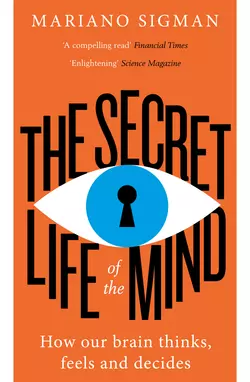The Secret Life of the Mind: How Our Brain Thinks, Feels and Decides

Mariano Sigman
Тип: электронная книга
Жанр: Зарубежная образовательная литература
Язык: на английском языке
Стоимость: 1085.51 ₽
Статус: В продаже
Издательство: HarperCollins
Дата публикации: 16.04.2024
Отзывы: Пока нет Добавить отзыв
О книге: In this provocative, mind-bending international bestseller, prize-winning neuroscientist Mariano Sigman reveals his life’s work exploring the inner workings of the human brain.Sigman′s ambition is to explain the mind so that we can understand ourselves and others more deeply. He shows how we form ideas during our first days of life, how we give shape to our fundamental decisions, how we dream and imagine, why we feel certain emotions, how the brain transforms and how who we are changes with it. Sigman looks at the development of language, how bilingualism helps us to think and our notions of what is good and fair develop far earlier than we think.Building on his awe-inspiring TED talk and spanning biology, physics, philosophy and medicine as well as gastronomy, magic, music, chess, literature and art, The Secret Life of the Mind revolutionizes how neuroscience serves us in our lives, revealing how the infinity of neurons inside our brains manufacture how we perceive, reason, feel, dream and communicate.